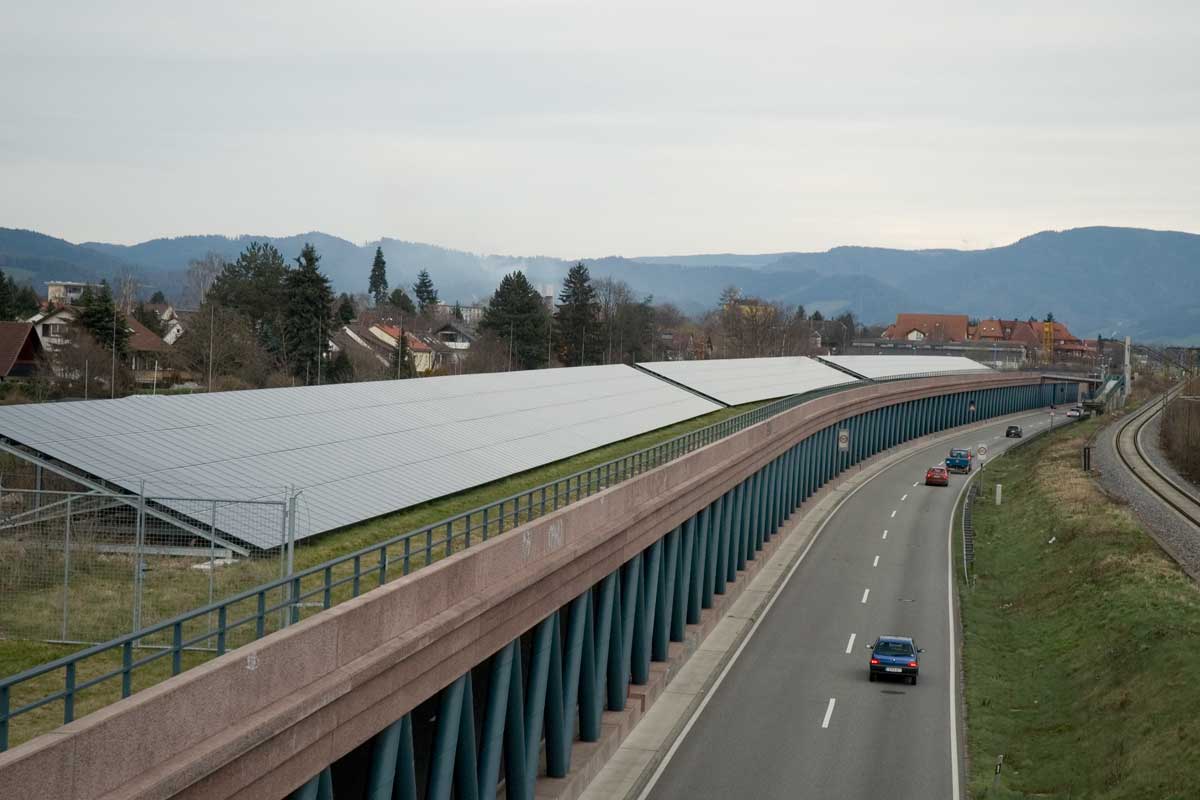Articles by
David Toke

How wind power cuts UK wholesale electricity prices by a quarter
By
David Toke
A new analysis by the Energy and Climate Intelligence Unit (ECIU) has calculated that in 2024 UK wholesale electricity prices would have been over 30 per cent higher if there had been no wind power generated in the UK. In practice in 2024 the wholesale power price averaged at around £75 per MWh. But without any wind power the price would, according to the ECIU, have been around £99 MWh. This difference has a significant impact on average (retail) energy consumer bills. It reduces them by an average of roughly £65 a year based on a typical household consumption as estimated by Ofgem.

Two stories: 1) How SMRs may curb nuclear development and… 2) Why Reform can’t cancel UK’s renewable energy projects
By
David Toke
All in all the anti-renewable forces of Trumpism on both sides of the Atlantic, are, in effect, puffing up the prospects of SMRs to obscure their vandalism of renewable energy programmes. However, whilst large renewable deployments will continue, there will be meagre results from the SMR programmes. These will constitute a much lower amount of total capacity compared to the programmes for building conventional reactors.

Two stories: Denmark’s soaring renewable success and global nuclear construction disaster
By
David Toke
Renewables will make up more than of Danish 100% electricity in a couple of years time and just wind and solar not long after that. On the other hand a new study concludes that, around the world, nuclear power projects have cost overruns that are over 100%. Solar and wind have very low, if any cost overruns.

Renewables provided over 90 per cent of the world’s increase in generation capacity in 2024. How is this happening?
By
David Toke
Solar and wind power are dominating new generation capacity around the world. This is to such an extent that, according to data from the International Renewable Energy Association (IRENA), 90 percent of the net increase in global electricity generation capacity came from wind or solar and 93 percent from renewable energy as a whole. Solar PV provided the lion’s share of this increase, at 72 percent, with wind providing 18 percent, fossil fuels 7 percent, hydro 2 percent, bioenergy 1 percent, and nuclear power less than 0.5 percent.

How the IEA is grossly biased against renewables – the IEA should be scrapped
By
David Toke
By contrast the IEA grossly underestimated increases in renewable energy generation. As can be seen in the Figure 1 below, reproduced from a recently published academic paper the IEA has had a consistent habit of projecting much smaller increases in world solar PV generation than has happened in practice. The vertical axis represents annual solar PV additions in GW. The IEA projections consistently have solar pv capacity more or less levelling off in the future, whereas in reality there has been exponential growth of the technology.

It’s money that has stopped nuclear power, not planning problems
By
David Toke
Of all the nonsense about nuclear power that one hears, the idea that somehow it is planning problems rather than financial issues that stop its development surely takes the biscuit. The Government bats away any formal planning objection made to its nuclear plant when companies want to build them. Yet the UK government is flogging nuclear planning problems as a scapegoat for the technology’s failure for all it is worth. And it is talking about the non-existent concept of small modular reactors (see HERE). Is this a smokescreen to hide its problems with financing Sizewell C?

Floating wind could power UK to net zero
By
David Toke
In sum, around three-quarters of the technical potential for offshore wind involves floating offshore wind farms. Indeed, all offshore wind, both floating and fixed-bottom, could provide more than 2100 TWh of UK electricity (see HERE). This is much more than the UK will ever need to meet net-zero greenhouse gas policy objectives, or indeed any other policy objectives.

So how much of UK electricity could solar pv provide?
By
David Toke
Even in not-always-sunny UK solar pv could provide up to 40 per-cent of annual electricity production. That is without a significant amount of curtailment of production or even the need to convert the electricity into stored energy such as hydrogen. Of course this is dependent on there being enough provision of batteries. Solar plus batteries will be the dominant energy system in the world in future decades, but they will also be centrally important in UK.

Exploding Tory claims about UK greenhouse emission reductions
By
David Toke
As the General Election approaches it has become quite vogue for Conservatives to claim big successes in curbing greenhouse gas emissions. But their claims that the UK is in the lead in action on climate change need to be taken with a bucket load of salt. Britain’s apparent big reductions in greenhouse gas emissions reductions since 1990 are heavily based on British de-industrialisation and domestic impoverishment and less on deliberate policies to reduce emissions than may be claimed.
Hinkley C [nuclear plant] could cost consumers £50 billion under proposed deal
By
David Toke
This 40 year contract length means that consumers will be paying the premium under the 'contract for differences' (CfD) arrangements for more than twice as long compared to what the Government wants to pay developers of renewable energy schemes (only 15 years).
Dave Toke: British increase in coal generation is much bigger than Germany’s
By
David Toke
The latest energy statistics suggests that Germany is doing much better in restraining coal used to generate electricity compared to the UK. Yet, to read the British press you would automatically assume that the exact opposite was true and that coal use was increasing dramatically in Germany compared to the UK - All, allegedly, because of the German policy of switching away from nuclear power and towards renewable energy and energy efficiency. . .
